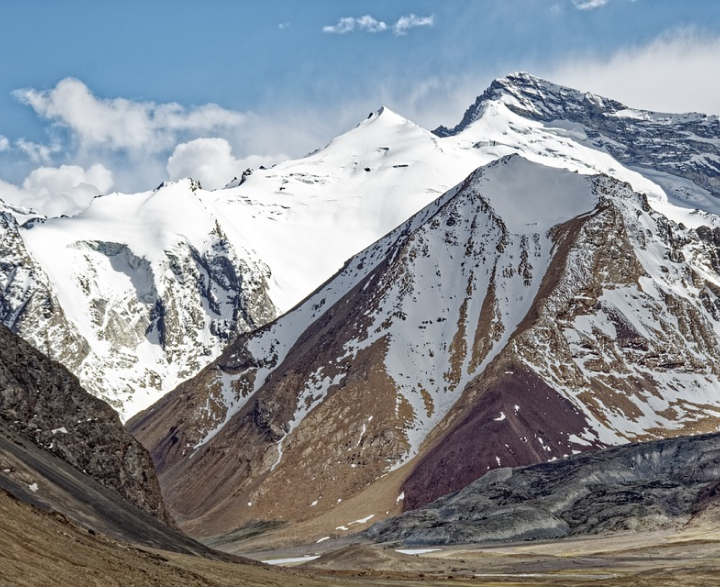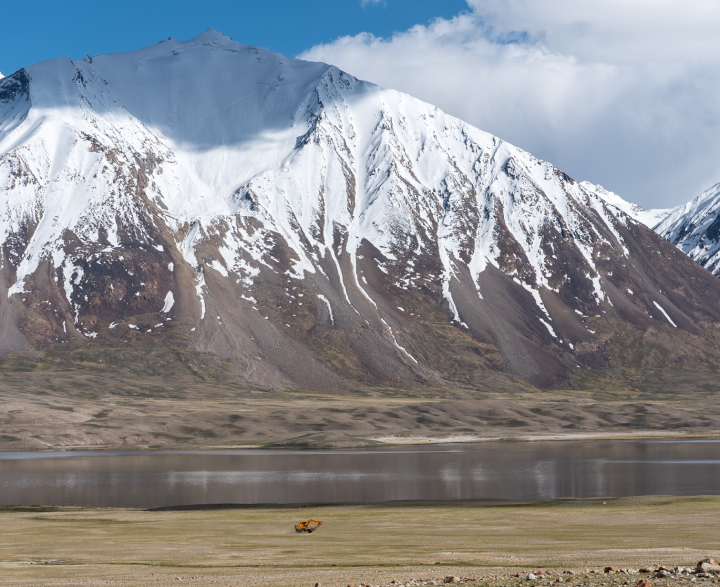
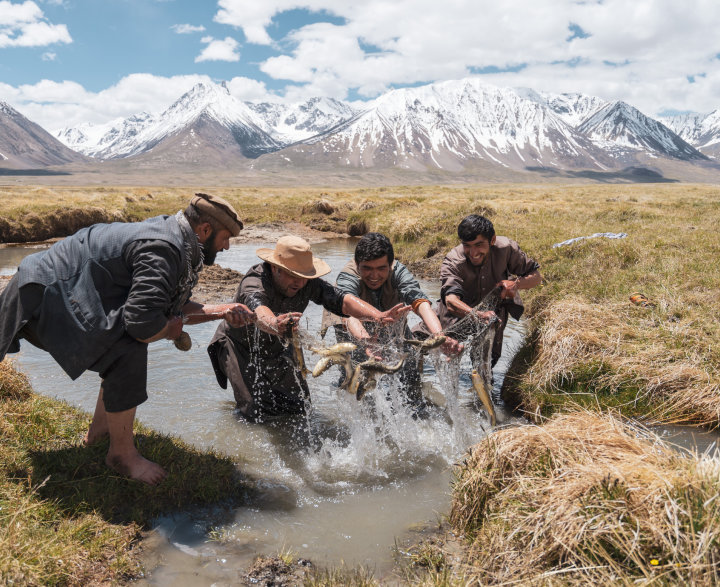
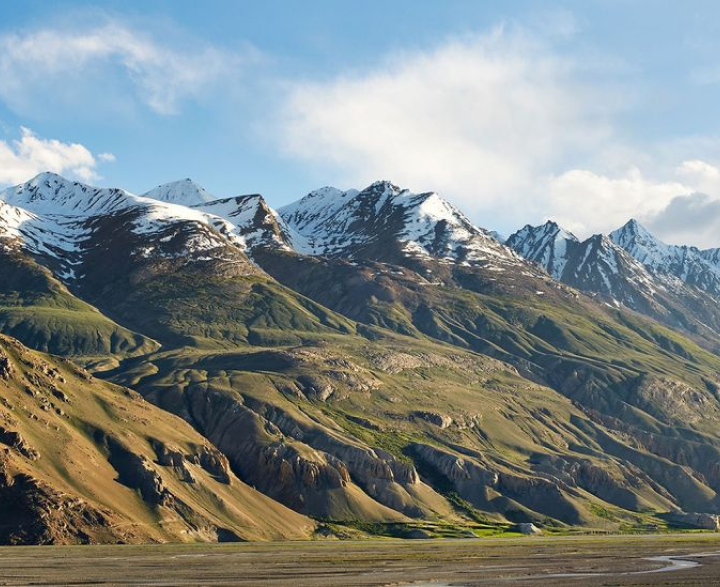
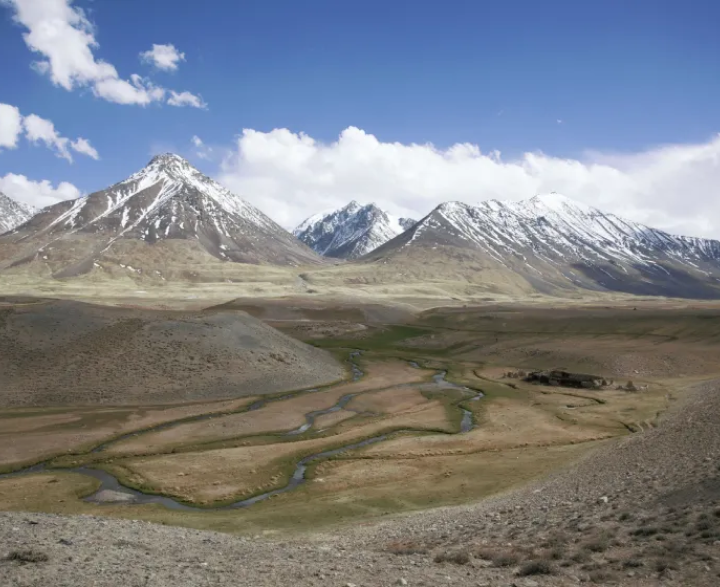
Echo trails was established in 2011 by Adab Shah Gouhari to help growth of tourism not only in Wakhan area but also all over Afghanistan. The contribution of the management team and the professional tour guides for the establishment of the company stretches back to years of efforts and dedication. Headquartered in Wakhan/Ishkashim area, Echo trails is a pioneer company which is fully staffed by locals. Their rich local knowledge and experience enables the company to offer the most authentic and rewarding tourism experience to our adventurous tourists.
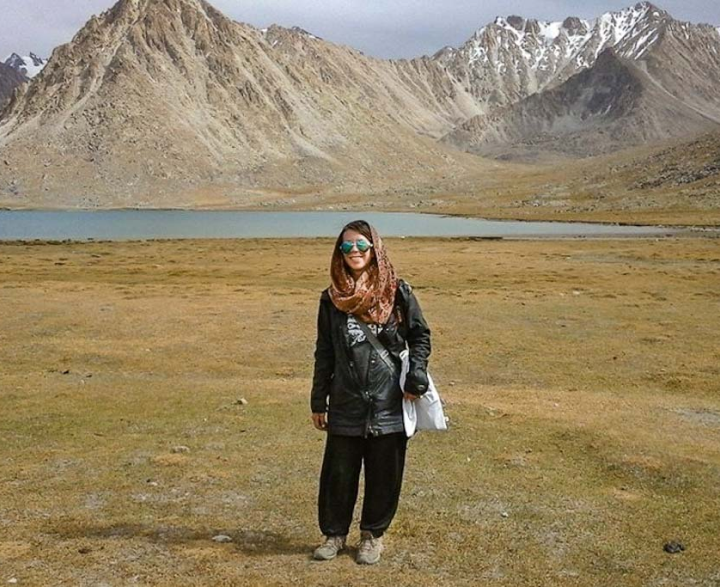
Rather than guided tours with set daily plans, Echo trails offers expeditions with framework itineraries.
The following is an outline plan for this epic trekking expedition – it’s more about the “substance” than the “details.”

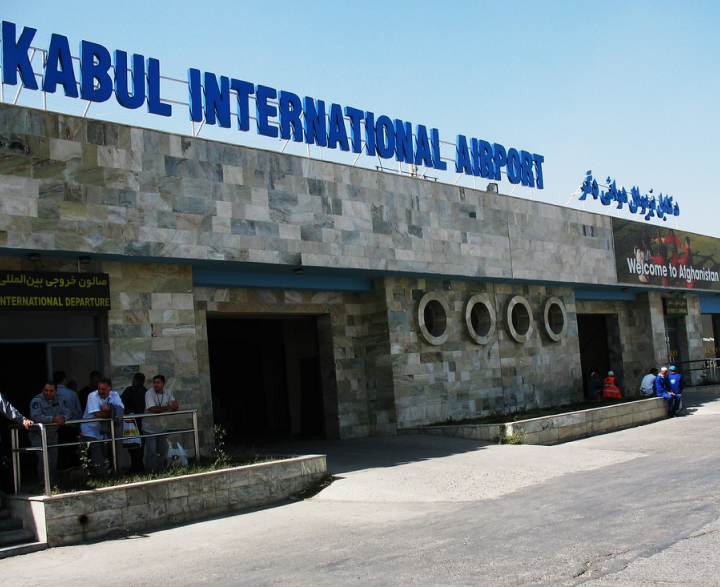
Lorem ipsum dolor sit amet, consectetur adipisi cing elit, sed do eiusmod tempor incididunt ut labore et dolore magna aliqua. Ut enim ad minim veniam, quis nostrud exercitation ullamco laboris nisi ut aliquip ex ea commodo consequat.
Lorem ipsum dolor sit amet, consectetur adipisi cing elit, sed do eiusmod tempor incididunt ut labore et dolore magna aliqua. Ut enim ad minim veniam, quis nostrud exercitation ullamco laboris nisi ut aliquip ex ea commodo consequat.
Lorem ipsum dolor sit amet, consectetur adipisi cing elit, sed do eiusmod tempor incididunt ut labore et dolore magna aliqua. Ut enim ad minim veniam, quis nostrud exercitation ullamco laboris nisi ut aliquip ex ea commodo consequat.
Lorem ipsum dolor sit amet, consectetur adipisi cing elit, sed do eiusmod tempor incididunt ut labore et dolore magna aliqua. Ut enim ad minim veniam, quis nostrud exercitation ullamco laboris nisi ut aliquip ex ea commodo consequat.
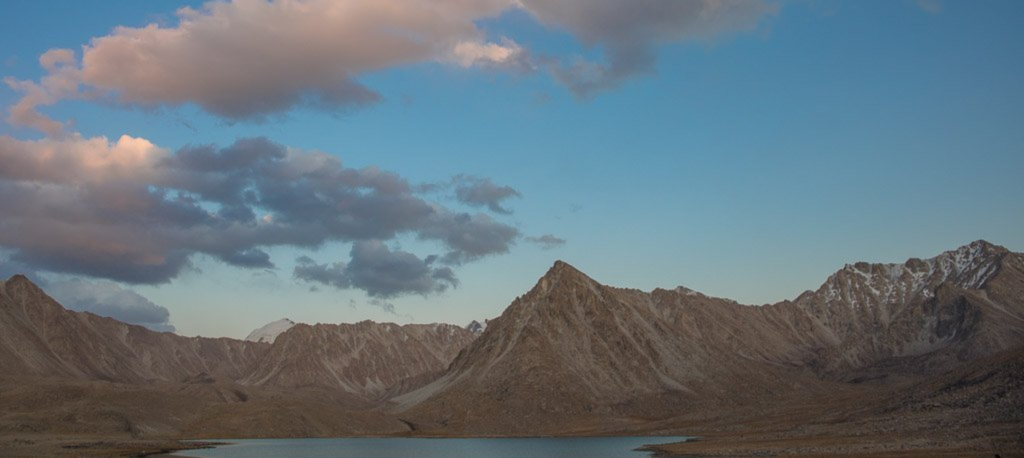
Not during most of the excursion. However, we will carry a phone with us in case you need to make emergency calls.
Yes, most nationalities need visa. Since this trip will take place through Tajikistan, you will need a visa for both countries. For Tajikistan you also need a GBAO permit (Gorno-Badakhshan Autonomous Oblast) to enter southern Tajikistan. For the Afghan Visa we will send you letters of invitation upon request. Visas are teammates’ responsibility.
Yes, for the most part. It is recommended on the Afghan side. It is recommended that men wear long trousers and long sleeves. Women should cover legs and arms and wear a headscarf while visiting the villages. When trekking on the mountains you could remove your scarf.
Apply for this expedition team using the button below. Contact us to find more about the joining process, advice on kit, fitness, visas, flights and travel insurance. Adventure Wakhan is then on hand to help with your unanswered questions or to firm up your place on the team.
